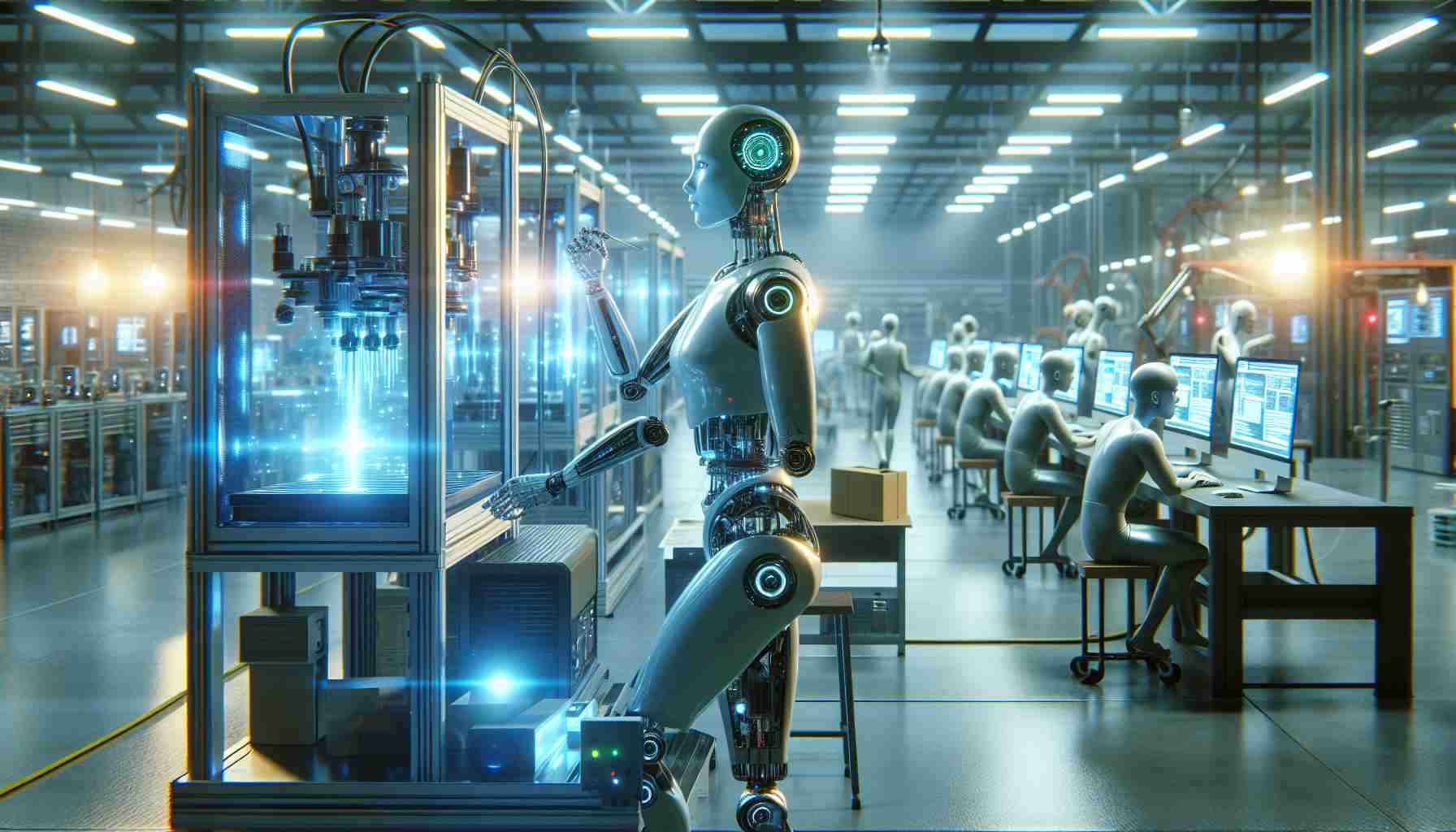In today’s fast-paced world, the integration of artificial intelligence and automation in workplaces is gaining momentum. The pressing shortage of human labor and the race towards higher efficiency have made AI not just a luxury, but a necessity.
The Surge of Automation
European transport is grappling with a driver shortage, with figures reaching over 230,000 unfilled positions, including 29,000 in Poland alone. This situation has prompted a shift towards AI-driven solutions. Back in 2016, a fascinating experiment saw a fleet of semi-autonomous trucks journey across Europe, hinting at a future where algorithms control our transportation systems.
It’s not just transportation; sectors like courier services have seen rapid advancements as well. A groundbreaking project by Amazon explored the implementation of drone nests—massive structures that house fleets of autonomous delivery robots.
AI in Business Operations
AI is permeating various sectors, altering traditional roles and boosting productivity. In the legal realm, a tool deployed by Allen & Overy now drafts primary documents in minutes, a task that previously took lawyers hours to complete. Similarly, RPA software is taking over repetitive tasks in administrative fields, freeing up human resources for more complex undertakings.
The Double-Edged Sword
As AI continues to evolve, employees are torn between excitement and fear. While some jobs may become obsolete, experts like Marta Barcicka have a more optimistic view. She predicts a future where society embraces AI as an ally rather than a threat, seeing it as an opportunity to focus on creative and emotionally engaging tasks.
The AI revolution heralds a new era of possibilities and challenges, with businesses encouraged to invest in upskilling their workforce to remain competitive in this technological epoch.
Embracing the AI Revolution: Tips, Hacks, and Fascinating Facts
In an era where artificial intelligence is becoming a centerpiece in the workplace, it’s crucial to stay informed about how to navigate this transformative period effectively. Below are some tips, life hacks, and interesting tidbits regarding AI and automation that can help both individuals and businesses thrive.
Life Hacks for Embracing AI
1. Leverage AI Tools for Productivity: Many AI-driven tools are designed to enhance productivity by automating repetitive tasks. For instance, consider using AI-powered digital assistants like Siri or Google Assistant to manage your schedule, set reminders, or even send messages via voice commands.
2. Utilize AI in Professional Development: Online courses that employ AI to tailor learning experiences are becoming more prevalent. Platforms like Coursera and Udemy offer courses on AI technologies, which can enhance your skills and make you more adaptable in an AI-centric job market.
3. AI-Powered Networking: Use AI tools to enhance your networking efforts. Applications like LinkedIn employ AI algorithms to suggest new connections and opportunities based on your profile and interactions.
Tips for Businesses Adopting AI
1. Invest in Employee Training: Upskilling your workforce is crucial in ensuring a smooth transition to AI-integrated operations. Consider partnering with educational institutions to offer customized training programs that help employees gain new skills relevant to AI technologies.
2. Start Small and Scale: Begin your AI journey by integrating smaller projects and gradually scale up. This approach minimizes risks while providing valuable insights into how AI can benefit your business operations.
3. Ethical AI Implementation: As you integrate AI, ensure your practices adhere to ethical standards. Transparent AI systems foster trust and enhance company reputation. Engage with experts and regulators to develop policies that protect both data integrity and privacy.
Fascinating Facts About AI
1. AI in Art and Creativity: AI isn’t just about automating mundane tasks; it’s also making strides in creative fields. Programs like OpenAI’s DALL-E can generate images from textual descriptions, creating artwork that blurs the line between human and machine creativity.
2. Language Processing: AI’s prowess in natural language processing is expanding daily. Technologies like GPT, used in applications such as chatbots, can produce human-like text, revolutionizing customer service and content creation industries.
3. AI in Health: AI is making waves in healthcare by predicting patient outcomes, recommending treatments, and even assisting in surgeries. The application of AI can streamline processes in hospitals and clinics, leading to faster diagnosis and treatment for patients.
The spread of AI technologies opens the door to a future where humans and machines work in tandem. By embracing this change and adopting AI thoughtfully, both individuals and organizations can harness its power to drive efficiencies and unlock new potentials. As we advance, staying informed and adaptable remains the cornerstone of succeeding in the AI revolution.








